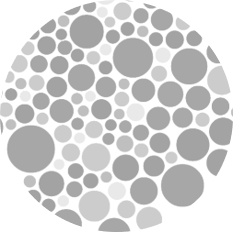
Donald N. Kline
Emory University
Tetrahedron Letters | 1987
Albert Padwa; Donald N. Kline; John Perumattam
Abstract MCPBA peracid oxidation of Δ 4 -isoxazolines derived from the dipolar cycloaddition reaction of nitrones with acetylenes or allenes produces α,β-unsaturated ketones in excellent yield.
Tetrahedron Letters | 1986
Albert Padwa; Stephen P. Carter; Ugo Chiacchio; Donald N. Kline
Abstract Dipolar cycloaddition of nitrones with (phenylsulfonyl)propadiene give 4-sulfonyl substituted isoxazolidines whose reactions with base and several electrophiles have been studied.
Tetrahedron Letters | 1988
Albert Padwa; Donald N. Kline; Bryan H. Norman
Abstract The cycloaddition chemistry of 2,3-(diphenylsulfonyl)-1-propene with several nitrones has been investigated. The reagent formally corresponds to an allene equivalent.
Journal of The Chemical Society-perkin Transactions 1 | 1988
Albert Padwa; Stephen P. Carter; Ugo Chiacchio; Donald N. Kline; John Perumattam
1,3-bipolar cycloaddition of nitrones to phenylsulphonylallene gives in high yield and with complete regiospecificity 5-methyleneisoxazolidines. These on treatment with base and subsequent reaction with electrophiles afford both α- and γ-substituted products. With methyl iodide as the electrophile, only the α-methylated product was isolated. In contrast, reaction of the 5-exo-methylene-4-phenylsulphonylisoxazolidine with allyl bromide afforded the γ-allylated product. Formation of this was shown to be via direct γ-attack, rather than by α-attack, followed by a 3,3-sigmatropic rearrangement. Further studies show that the product ratio is controlled by a sensitive interplay between thermodynamic and steric factors and is very dependent on the nature of the electrophile used.
Journal of Organic Chemistry | 1987
Albert Padwa; Donald N. Kline; Konrad F. Koehler; Michael Matzinger; M. K. Venkatramanan
Journal of Organic Chemistry | 1989
Albert Padwa; William H. Bullock; Donald N. Kline; John Perumattam
Journal of Organic Chemistry | 1988
Albert Padwa; Ugo Chiacchio; Donald N. Kline; John Perumattam
Journal of Organic Chemistry | 1989
Albert Padwa; Donald N. Kline; Bryan H. Norman
Journal of Organic Chemistry | 1993
Albert Padwa; Michelle A. Filipkowski; Donald N. Kline; S. Shaun Murphree; Philip E. Yeske
Journal of Organic Chemistry | 1992
Albert Padwa; Donald N. Kline; S. Shaun Murphree; Philip E. Yeske



